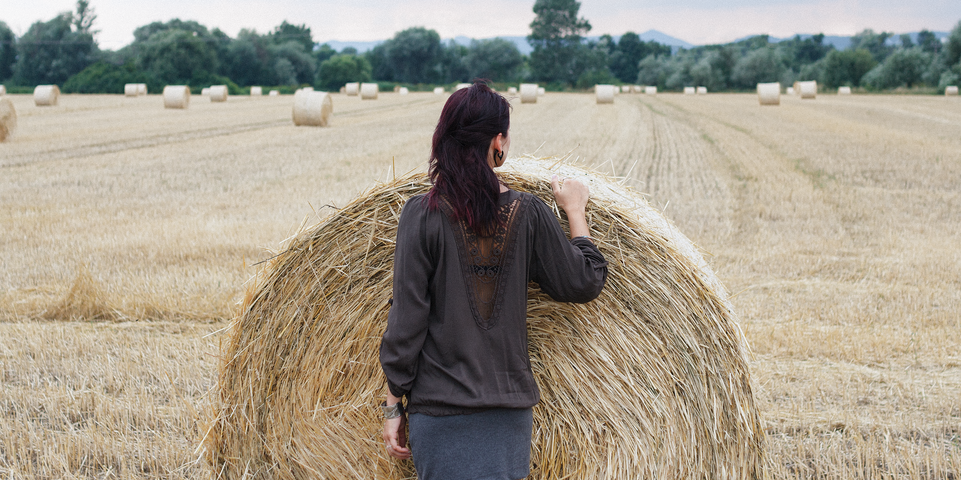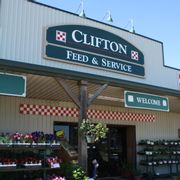The Basics of Hay Cultivation for Livestock Feed

Hay can be grown almost anywhere in the country, and if you keep livestock, knowing how to grow it is a must. Luckily hay cultivation is relatively easy, especially when you have the right equipment. Here to explain a few basics is Clifton Feed and Service Center in Bosque County, TX, the area’s leading source for farm supplies and livestock feed.
Here are a few starter tips to introduce you to the world of hay cultivation:
-
Choose The Right Species: Hay can be made from many kinds of grasses and legumes. Many types grow well in Bosque County, but you should choose a variety that best suits your animals. Horses, for example, often benefit from a mixed diet that includes alfalfa hay. For expert advice on livestock feed, feel free to ask Clifton Feed and Service Center.
-
 Keep It Simple: You don't need much to plant hay – not even fertilizer (though you will use it eventually). You can spread hayseed on healthy soil alone, either by hand or using a mechanical broadcaster. Once you plant it, you likely won't need to reseed your hay field for a few years.
Keep It Simple: You don't need much to plant hay – not even fertilizer (though you will use it eventually). You can spread hayseed on healthy soil alone, either by hand or using a mechanical broadcaster. Once you plant it, you likely won't need to reseed your hay field for a few years.
-
Cutting, Drying, & Baling: These important steps are what turn grass into hay. In the old days, a farmer would cut it down with a scythe and stack it with a fork, but with modern large hay fields there are more efficient methods. If you’re working with a significant area, stop by Clifton Feed and Service Center to view their selection of supplies.
-
Always Keep Hay Dry: It's very important to give your hay sufficient time to dry before baling or stacking it, as wet hay is susceptible to rot, unappetizing to animals, and can even be combustible. Depending on weather and humidity, it can take up to three days for hay to dry.
Do you need more expert advice on hay growing and livestock feed? Just stop by Clifton Feed and Service Center and someone will be glad to help. For questions about their inventory, call (254) 675-3416, or visit their website for pictures.
About the Business
Have a question? Ask the experts!
Send your question

